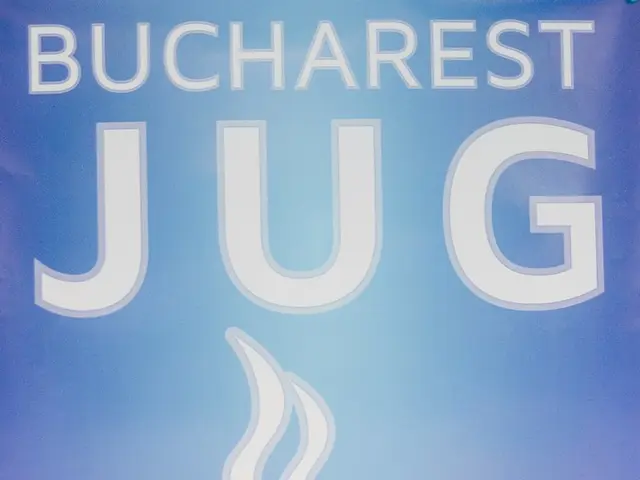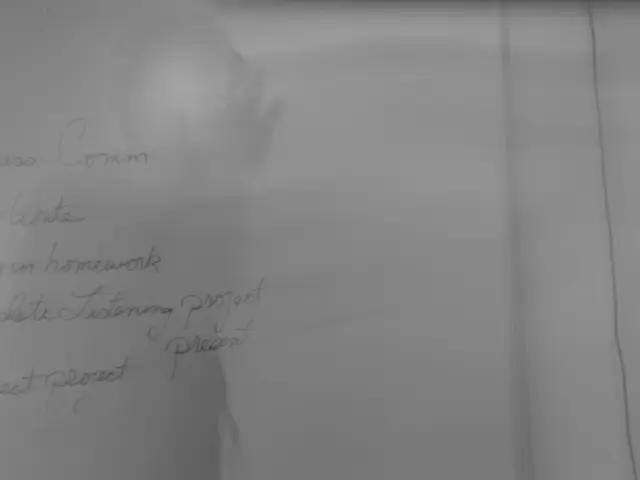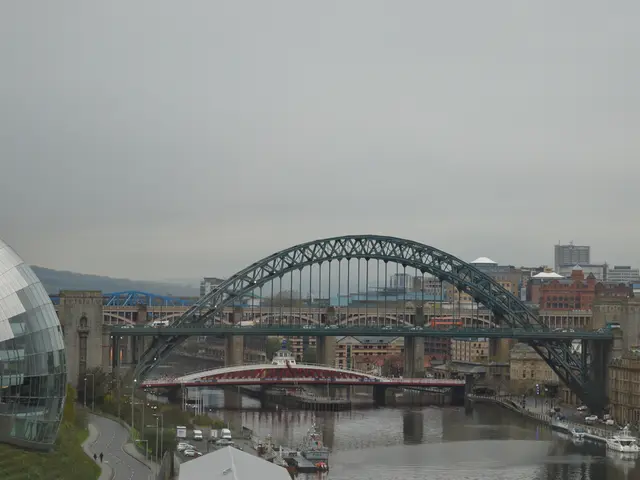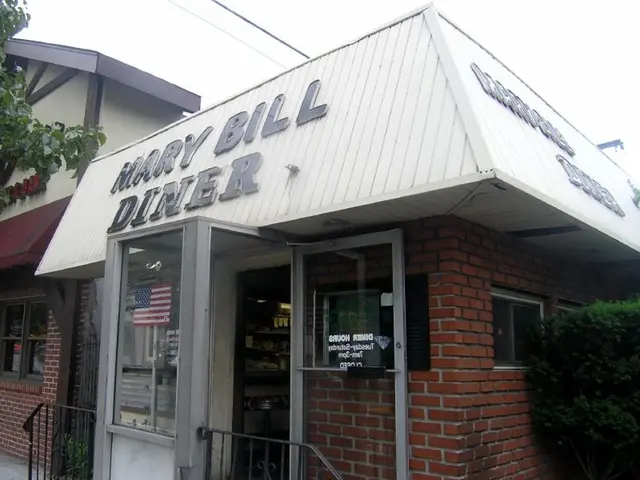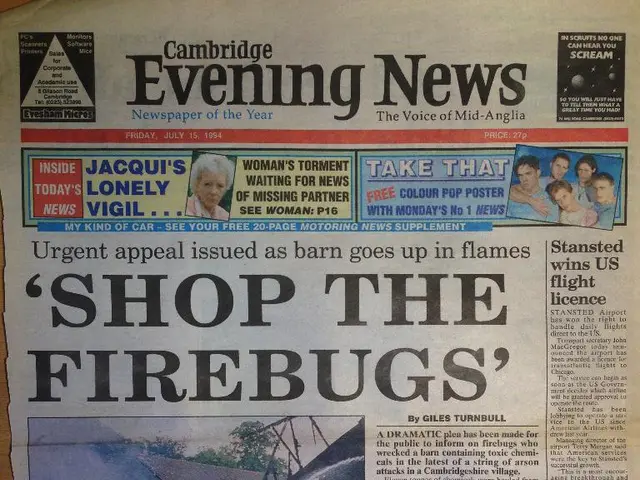If we teach Greta Thunberg our ways...
Taking on Water Scarcity with Grey Water: Shreya Ramachandran's Insightful Crusade
Meet Shreya Ramachandran, the impressive 16-year-old environmental warrior hailing from Fremont, USA. She's the proud recipient of the 2019 Children's Climate Prize, a prestigious Swedish award bestowed upon young environmental activists aged 12 to 17. But what sparked her passion for this critical cause?
"I bore firsthand witness to the harsh realities of water scarcity," Shreya shares. "Four years ago, while participating in an archery competition, I found myself in California's Central Valley – a region grappling with a severe water crisis. The area was plagued by empty wells, forcing residents to rely on water tanks for basic necessities like drinking and washing. I later encountered farmers in India who had been compelled to abandon their lands and migrate to urban areas due to repeated delays in the monsoon season. It was then, as I listened to these heart-wrenching tales, that I truly grasped the global magnitude of the water crisis."
From Awareness to Action – A Revolutionary Idea
Shreya soon recognized that popular water-saving methods, such as rainwater harvesting or minimizing water usage during showers or dishwashing, were often inadequate or impractical for long-term resource conservation. Enter the concept of grey water recycling – reusing the water we already consume at home, specifically from showers and washing machines. This untapped 'reservoir' is particularly significant, given that it accounts for a massive 60% of residential water consumption in the U.S., equating to a staggering 42 trillion liters wasted annually.
"It seemed apparent that we should harness this readily available resource – namely, grey water from washing machines – and give it new life, especially through the use of soap nuts," Shreya explains.
Shedding Light on Soap Nuts
If you're wondering, "but, what are soap nuts?", let us enlighten you! Soap nuts are the shells of the soap nut tree (Sapindus Mukorossi), which contains saponin. When these shells come into contact with water, they release a natural surfactant capable of cleaning clothes and other items, serving as a potential detergent alternative. Soap nuts have been utilized for centuries in traditional Indian and Asian cleaning practices.
When employed in grey water recycling systems, soap nuts help minimize the introduction of harsh chemicals into these systems, making them more eco-friendly. Nonetheless, it's essential to confirm the safety of grey water reuse, which is precisely what Shreya did during her four-year research stint. She ensured that irrigation with recycled grey water did not negatively impact plant growth, soil quality, soil nutrients, or introduce harmful pathogens into the ecosystem.
Spreading the Message – The Birth of the Grey Water Project
Armed with her groundbreaking findings, Shreya founded the Grey Water Project, a non-profit organization aimed at educating people about the potential of grey water recycling and promoting its implementation. In the last two years, her project has reached over 10,000 individuals, an impressive number that she hopes will continue to grow as we strive to secure a sustainable future.
"Our freshwater reserves are rapidly dwindling, with water demand projected to increase by 55% by 2050," Shreya states. "If we are to safeguard our planet for future generations, we must prioritize the preservation of our vital resources. The climate movement can play a pivotal role in fostering essential awareness and driving lasting change."
- Shreya Ramachandran, inspired by witnessing water scarcity firsthand, acknowledged that traditional water-saving methods often fall short for long-term resource conservation.
- In her quest for a sustainable solution, Shreya discovered grey water recycling, an approach that capitalizes on the 60% of residential water consumption in the U.S. generated from sources like showers and washing machines.
- Recognizing the potential of soap nuts, a natural cleaning agent, Shreya found that they could play a role in grey water recycling systems, reducing the introduction of harsh chemicals and making the process more eco-friendly.
- During her four-year research phase, Shreya ensured that grey water reuse did not pose risks to plant growth, soil quality, soil nutrients, or ecosystems, paving the way for the implementation of grey water recycling systems.
- With her findings, Shreya launched the Grey Water Project, a non-profit organization dedicated to educating the public about grey water recycling and promoting its adoption, aiming to inspire lasting change in the pursuit of a sustainable future.

